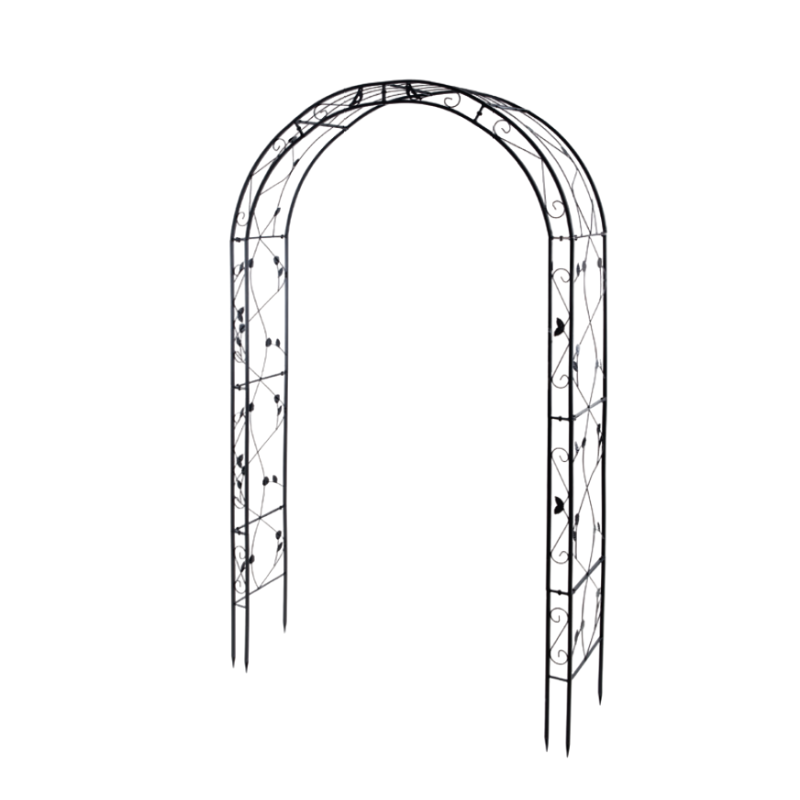Explore the 10 Most Popular Nail Designs for Stunning Manicures
12月 . 25, 2024 07:41
The 10 Common Types of Nails Understanding Their Uses and Benefits
Nails are an essential tool in construction, carpentry, and various DIY projects. A seemingly simple object, nails come in various types and sizes, each designed for specific applications. Understanding the common types of nails can improve your DIY skills, streamline your projects, and ensure the longevity and stability of your work. Here are ten of the most common types of nails, along with their unique features and uses.
1. Common Nails
Common nails are the backbone of any construction project. Made of steel, they are characterized by a thick shaft and a large flat head. Ideal for framing, these nails provide excellent holding power, making them suitable for building structures such as walls and roofs. The large head prevents them from pulling through the wood, ensuring a strong bond.
2. Finishing Nails
Finishing nails are smaller than common nails and have a slender shaft and a small head. This design allows them to be driven below the surface of the wood, making them inconspicuous. Finishing nails are ideal for trim work, cabinetry, and furniture. When used properly, they create a clean and polished look, eliminating the need for extensive sanding or filler.
3. Brad Nails
Brad nails are similar to finishing nails but are even smaller and lighter. They are commonly used in situations where minimal holding power is required, such as attaching thin pieces of wood or in delicate projects. The narrow head of brad nails allows for easy concealment, making them a favorite for finer woodworking tasks and crafts.
4. Roofing Nails
Roofing nails are specifically designed for attaching roofing materials like shingles. These nails feature a large, flat head and a sharp point, allowing for easy penetration through tough roofing materials. The larger head also prevents the nail from slipping through the shingles, ensuring a tight seal against leaks. Roofing nails are typically made of galvanized steel to resist rust and corrosion.
5. Duplex Nails
Duplex nails, also known as double-headed nails, have two heads, allowing for easy removal. They are primarily used in temporary structures, like scaffolding or forms for concrete pouring. The design enables workers to easily pull the nails out without damaging the material, making them a convenient choice for construction sites.
10 common nails

6. Masonry Nails
Masonry nails are heavy-duty nails designed for use in concrete, brick, or stone applications. They are made of hardened steel to withstand the tough material they penetrate. With a thicker shaft and a larger head, masonry nails provide excellent holding power, making them essential for attaching wood to masonry or anchoring installations into stone surfaces.
7. Concrete Nails
Similar to masonry nails, concrete nails are specifically designed for use in poured concrete. They typically have a hardened steel body and are engineered to grip the concrete tightly. Concrete nails often have a fluted or grooved design to increase their holding power, making them suitable for attaching furring strips or bracing in wall assembly.
8. Upholstery Nails
Upholstery nails, or decorative tacks, are used in furniture making and upholstery projects. They usually have decorative heads and are designed to enhance the aesthetics of the furniture while also providing a functional hold. Commonly utilized in the finishing stages of furniture assembly, upholstery nails can add a touch of elegance and style.
9. Spiral Nails
Spiral nails are designed with a twisted shaft, giving them superior holding power. The spiral design allows these nails to grip wood firmly, making them ideal for applications that experience lateral forces, such as decking and flooring. Due to their strength, spiral nails are often used in structural applications where secure fastening is crucial.
10. Finish Nails
Finish nails are commonly used in woodworkers' projects for a cleaner appearance. They are slim, with a slight head, allowing them to be countersunk into the material. This feature makes them particularly popular for attaching moldings or installs where aesthetic considerations are critical. Once the nails are driven in and the holes filled, the end result is virtually seamless.
Conclusion
Understanding the various types of nails and their specific applications is crucial for anyone involved in construction or DIY projects. Each nail type is designed with unique features that cater to different materials and uses. By selecting the right nail for your project, you ensure structural integrity and aesthetic appeal while optimizing your workflow. Whether you’re a seasoned professional or a novice DIY enthusiast, having a good knowledge of these common nails will empower you to make informed decisions and enhance the quality of your work.









 Unity
Unity Creation
Creation Challenge
Challenge Contribution
Contribution










